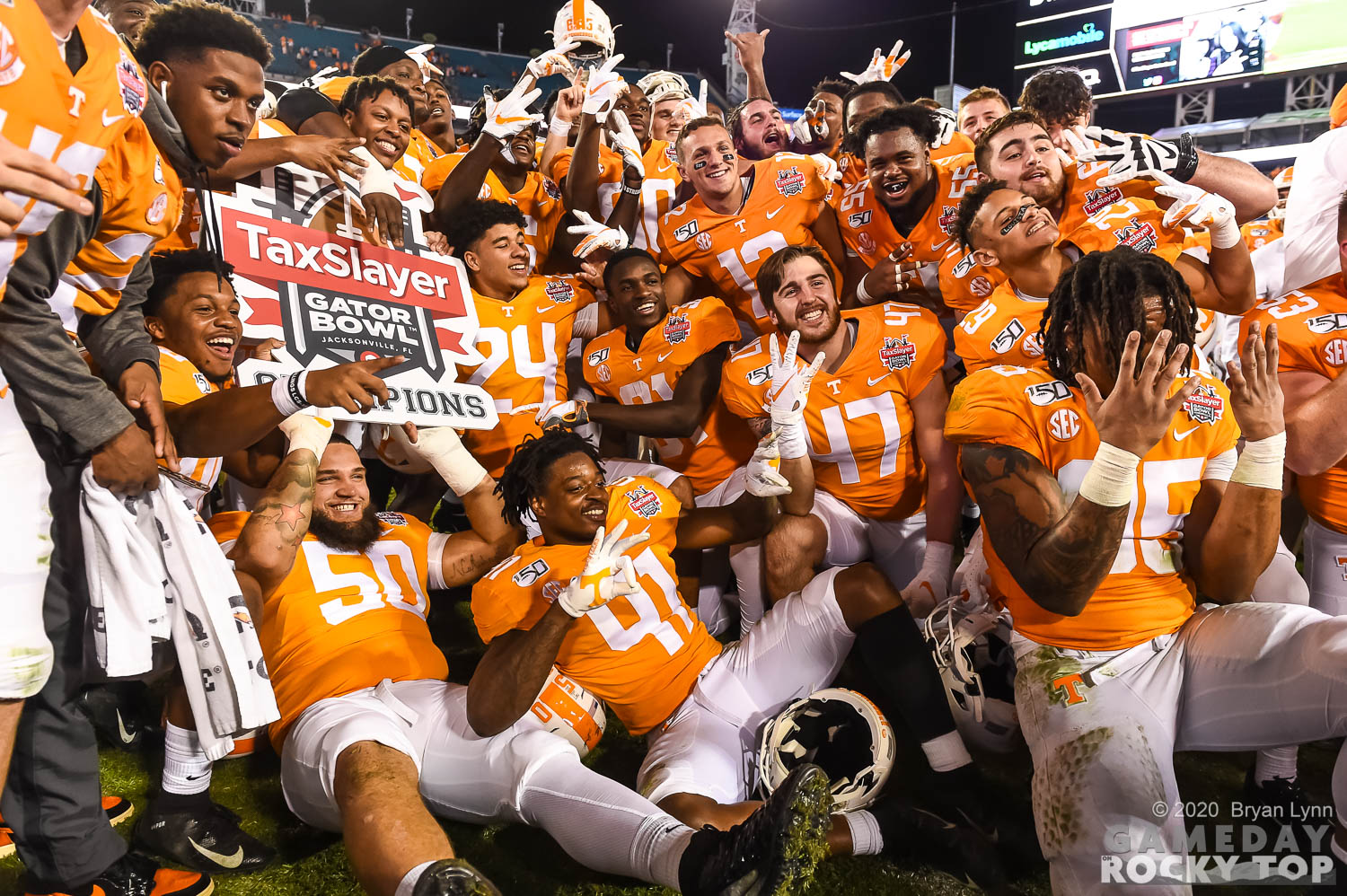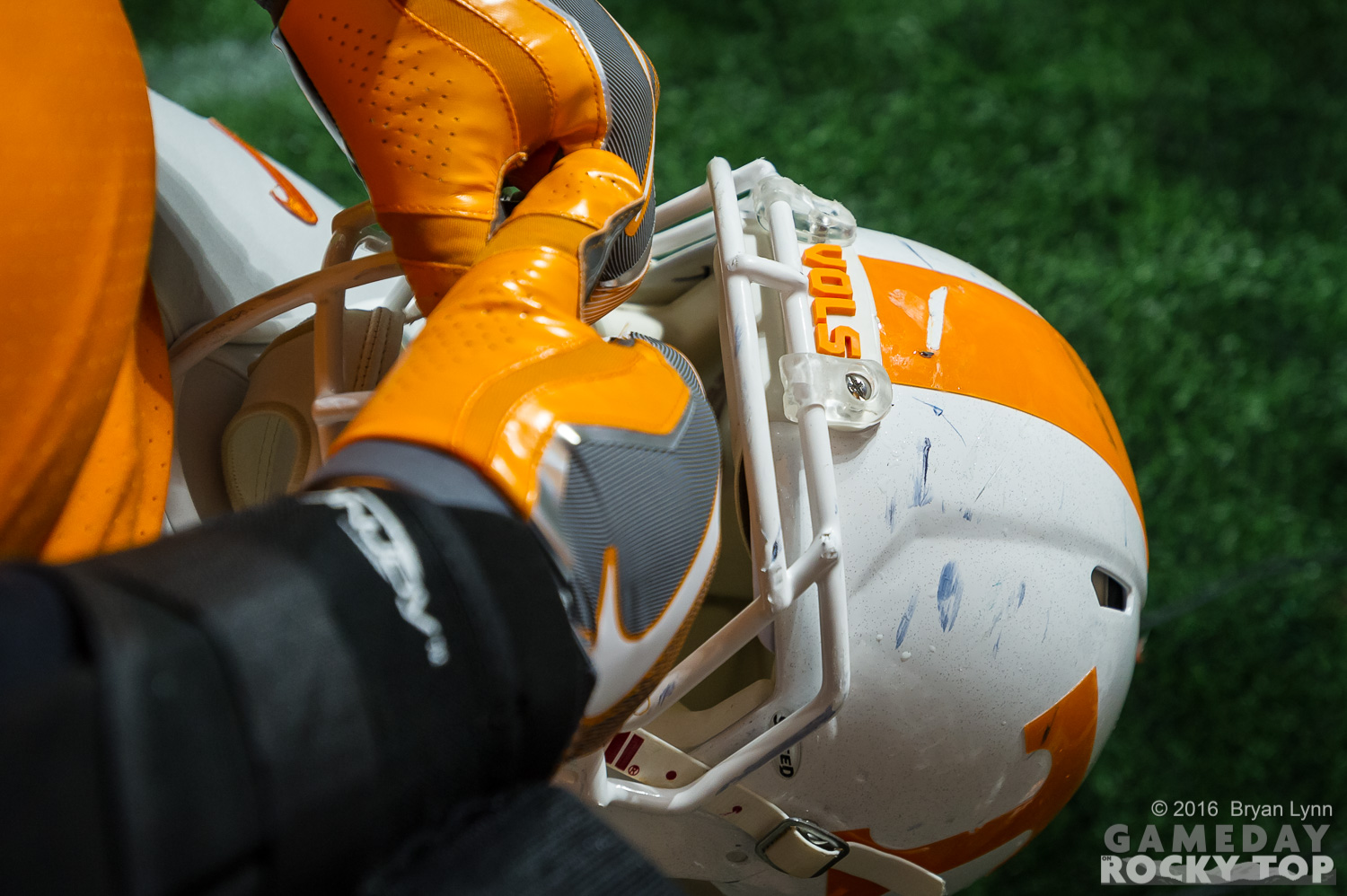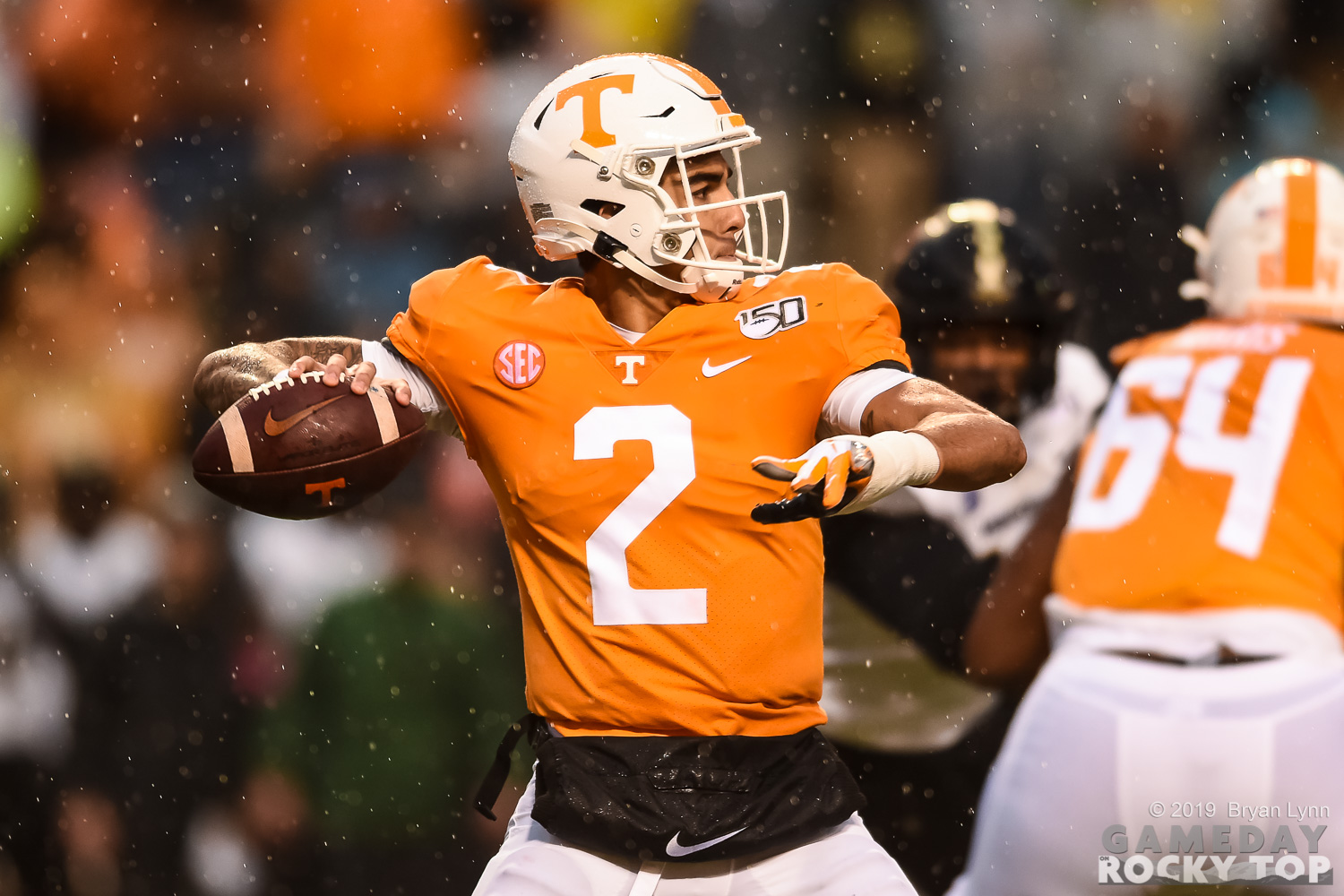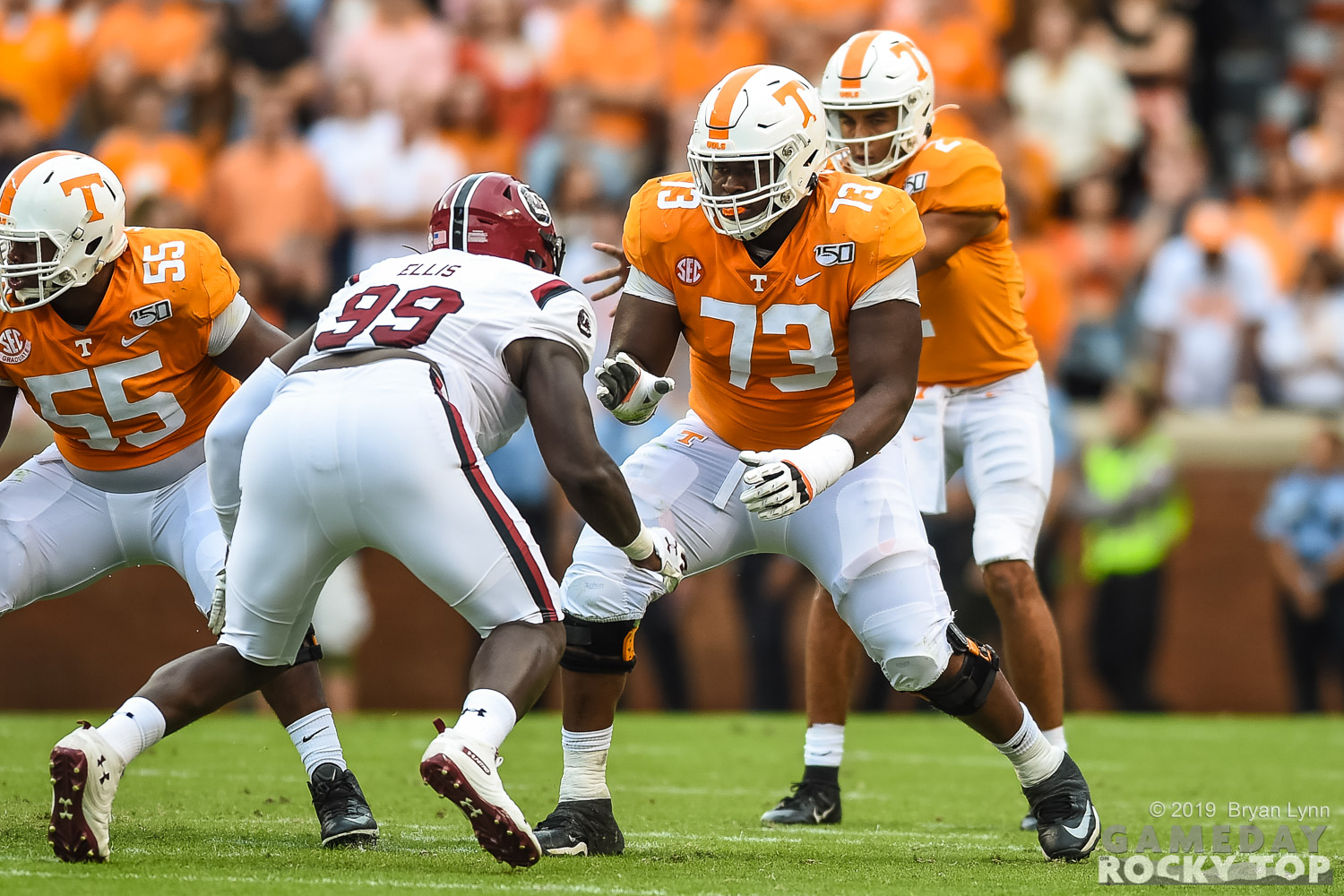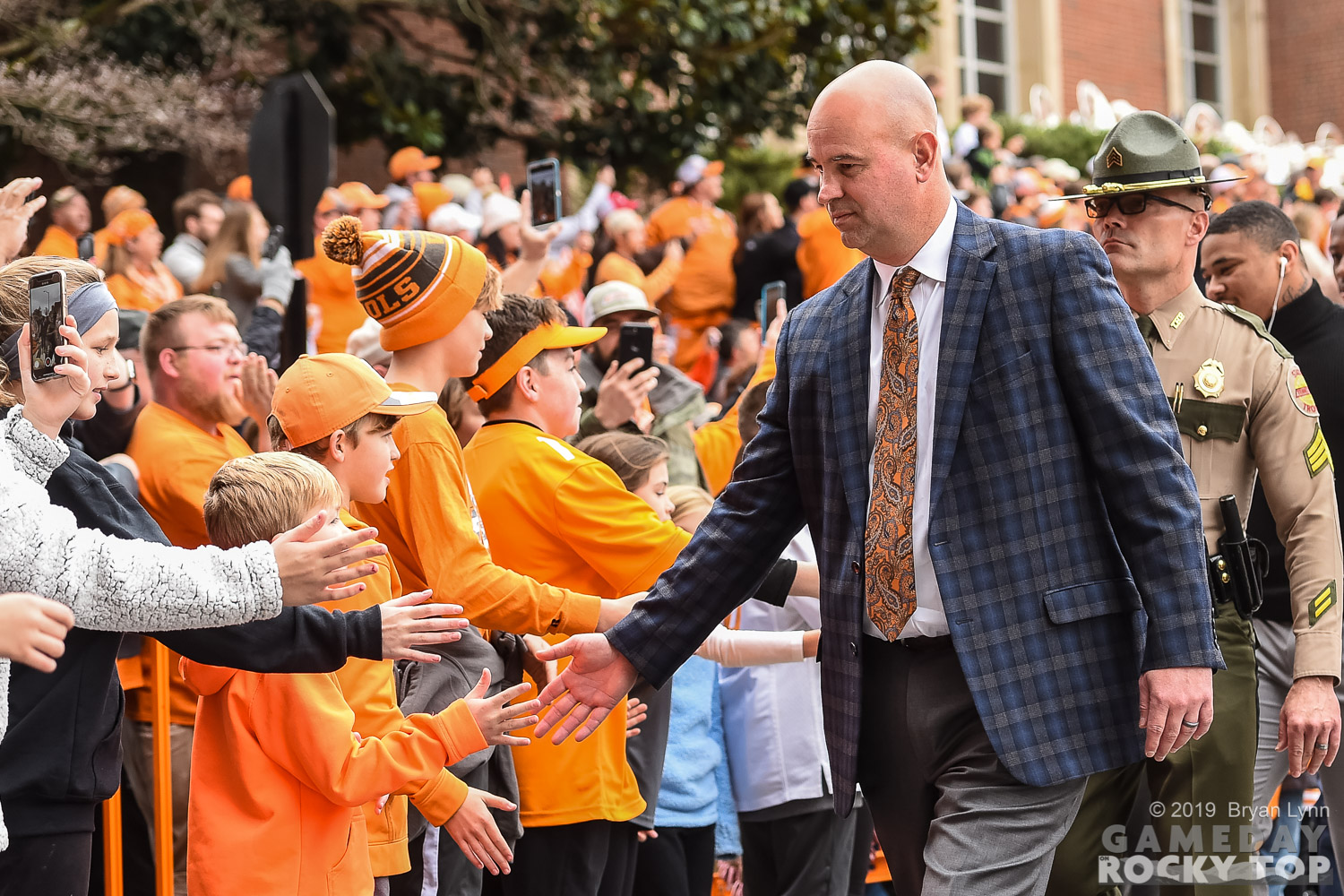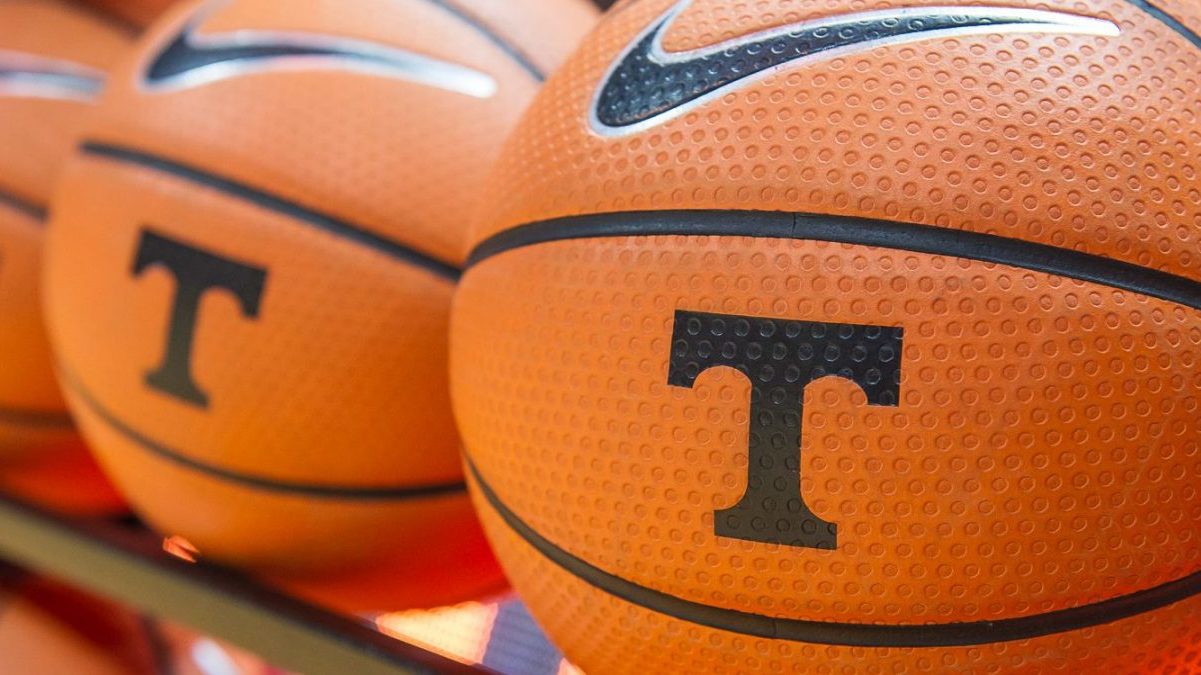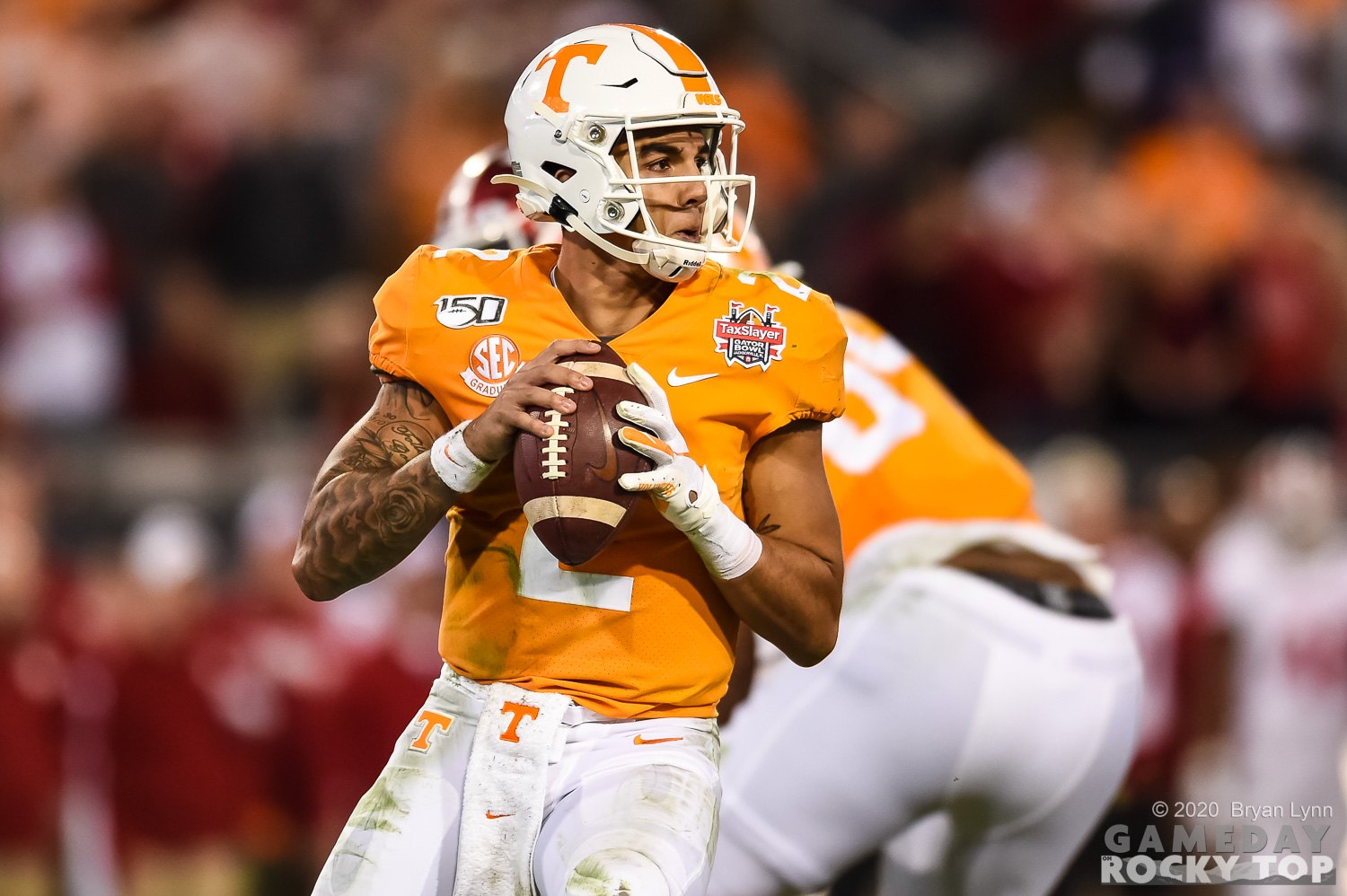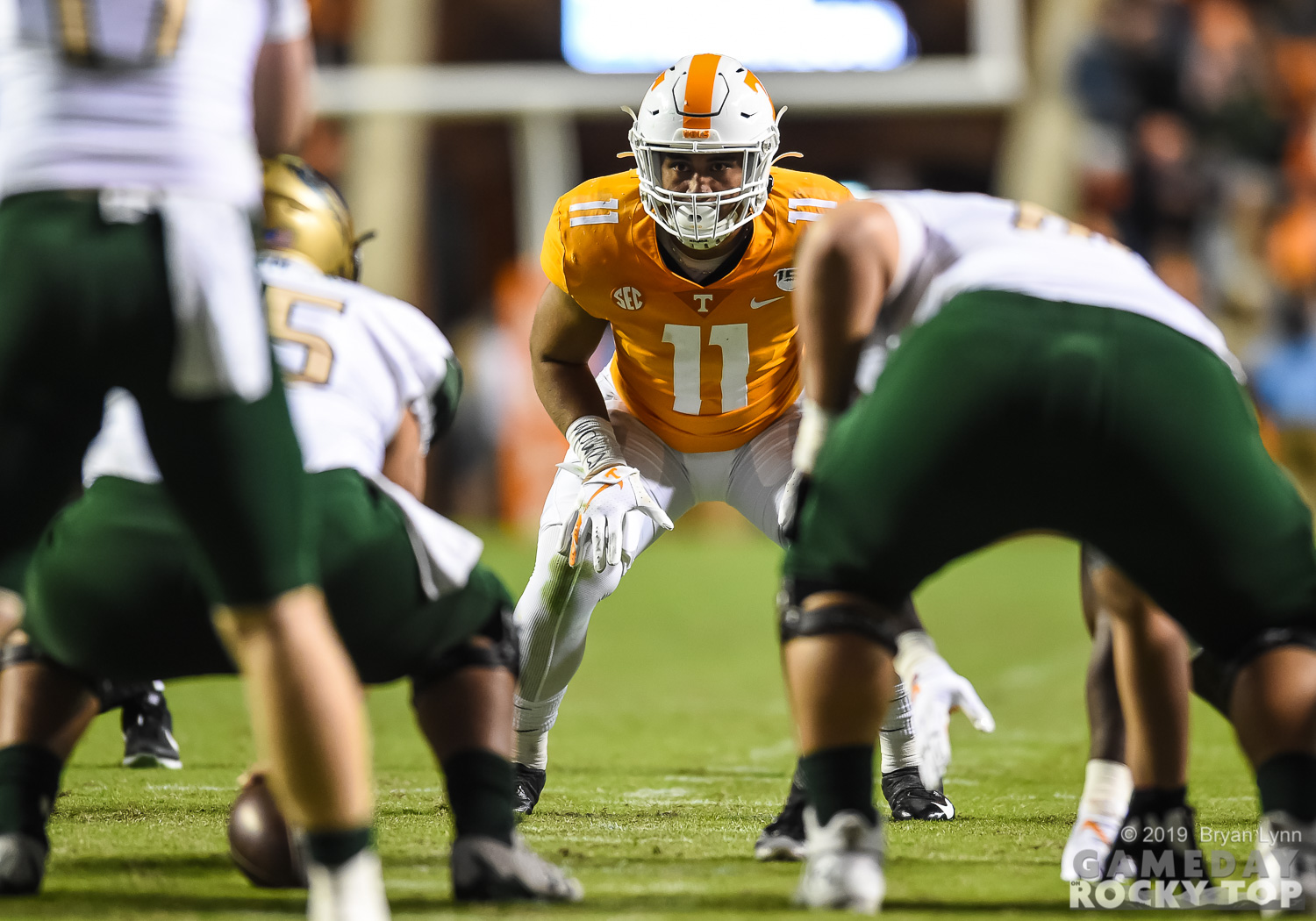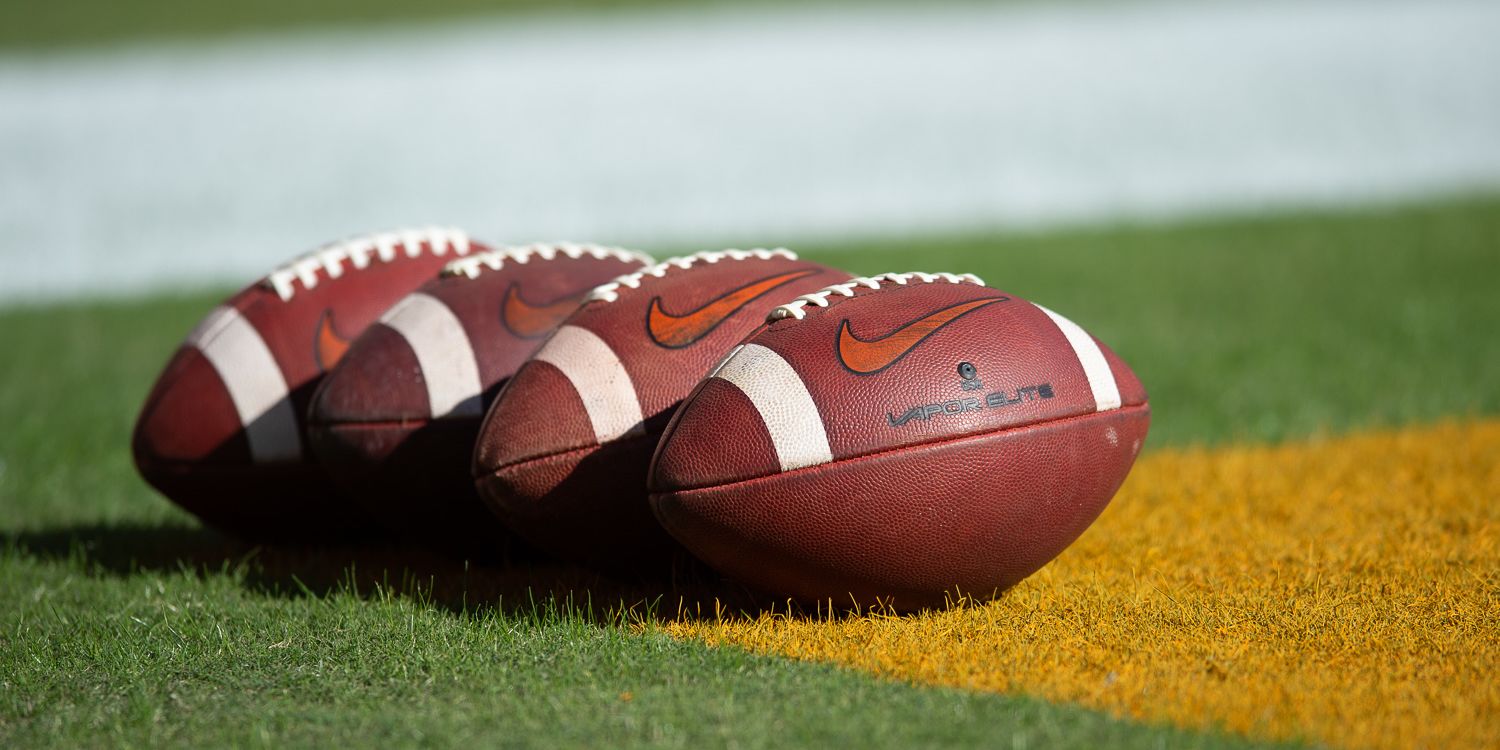A few months ago in the uncertain haze of the pandemic, we started counting down Tennessee’s most important stories of the decade. We did numbers 10-5 before it felt more certain we’d actually get SEC football this fall. If you’ll forgive the abrupt ending, it’s no surprise the top two stories of Tennessee’s last decade happened off the field: Kiffin’s midnight run to California, and the insanity of Schiano Sunday. But among on-field results, ranking for importance? That’s why those 2016 wins only came in at number five overall: because they were immediately overshadowed by those 2016 losses to South Carolina and Vanderbilt, which I had at number four. But I think those two losses were even more painful because of what Tennessee and Butch Jones had already been through. I think the most consequential on-field results for Tennessee in the last decade came against Oklahoma and Florida in 2015: a what-could-have-been so potent, it was still waiting for us on the other side of all those 2016 wins. The Vols had their best chance to cash in on everything Butch Jones had been building to that point against the Sooners and Gators, had them both and let them get away in spectacular fashion. It would have taken a championship to let that go. You just can’t miss those opportunities.
And that’s what year three is often about.
It happened much the same for Derek Dooley, only in the final game of year two against Kentucky, in his most consequential outcome. Year three is typically the, “I’ve seen enough to decide,” moment in the minds of many, even if it sometimes takes another year or two for those decisions to carry the weight of real consequence.
It’s Dooley’s “year zero” phrase we’ve come back to a lot under Jeremy Pruitt, in part because the early signing period has changed the year two math and magic for almost everyone, and in part because Tennessee was digging out of an even deeper hole. So even before the pandemic, 2020 wasn’t championship-or-bust for the Vols. Having a chance to win every Saturday was a great goal. It still is…if the Vols are playing at full strength every week.
The ifs will get fast and furious from here, the day before the week before kickoff. This is always the real end of the off-season for me, because Monday it’s game week, time to talk a specific opponent. This weekend is the last chance to take a clear look at the big picture. Our community’s expected win totals hover just above 5.8, meaning 6-4 is our best guess and 5-5 is more likely than 7-3. We’re always guessing anyway – see Georgia State and the last six games – but in 2020 none of us have studied for this particular exam.
So three thoughts as this season prepares to write its opening chapter:
On knowing it’s the Apocrypha before you read it
We’re deep into the multiverse now, if you like. This is a story that may or may not be canon, but will certainly influence the canon either way.
Everything we want to assume or believe about year three? Preconceived notions that Jeremy ain’t the guy since Georgia State or Jeremy’s definitely leaving for Alabama after we go undefeated this fall? We should unburden ourselves of all that.
It’s not one we’d pick or rank high in ultimate importance, but I think one of the toughest stretches for Tennessee fans in the last decade came when Justin Hunter and Tyler Bray were hurt after looking so unstoppable against Cincinnati in 2011. It’s so hard to create expectations and then have to let them go. What if the Vols roll South Carolina and Missouri, play Georgia to one possession, then lose a ton of guys to quarantine and lose to Kentucky? That would suck! And it could happen!
I don’t think we’re going to see a ton of coaching changes in the midst of the pandemic. Before all this, the most important story of the last decade was really about how it will get told in this decade. Is what happened three Novembers ago a story about Schiano and Currie? Or can it become a story about Pruitt and Fulmer? We won’t get those or any other complete answers in a year like this. But I’ve been grateful for their presence and leadership these last six months.
The Vols still need to put a compelling product on the field to help them recruit at the level they’re currently enjoying – this is perhaps the most important outcome this fall. But if this thing gets sideways and the Vols go 3-7, no one has the energy for a coaching hot board. This season counts. But it doesn’t count. But it does. Don’t overburden yourself with expectations and the overall narrative.
But that doesn’t mean this individual story can’t be a lot of fun.
Good news: it’s more important than ever to cheer against Florida and Georgia!
My camp is small, but steadfast: I always cheer for Florida (and Georgia, and Alabama, and Kentucky in basketball) until they beat us, because it’s more meaningful and valuable to us to beat them at their best. This is one part growing up with the Vols at their peak from 1989-2001, and one part idiot optimism. But I’ve always been this way.
Not this year.
This year is going to feel much more like the last two weeks of a pennant race: you may have a head-to-head shot at the team you’re trying to beat/catch/hold off, but you want them to lose every time they play. With Florida in December (like Georgia in November pre-pandemic), the Vols should have a chance to stay in the SEC East race longer than we’re used to. That, by itself, would feel like progress. ESPN’s FPI projects two losses for Georgia and three for Florida. Things should be tighter than usual. That’s good news for the underdog.
You’ll get a shot at this right away: next week Florida is at Ole Miss at noon on ESPN, Kentucky at Auburn at noon on the SEC Network. If the Vols are a half game up on either of their East counterparts when they kick off at 7:30, I’d enjoy it very much. Which brings me to my last point:
Joy is so valuable right now
When you turn on college football after the long pandemic summer, there’s an initial thrill: we made it! I wasn’t sure we’d get here! But, if you’re like me, the thrill only lasts so long when it’s BYU and Navy or Georgia Tech and Florida State or whomever in front of minimal fans. And then you wonder if you’ll feel the same way – absence with presence – when the Vols play.
Your mileage may vary. But my experience watching the Boston Celtics (and Grant Williams!) in the playoffs the last few weeks suggests we’re going to be just fine in the feels department.
Granted, basketball is something we often experience in front of no fans in a pickup game. Football (and baseball) are almost never played at full roster capacity without a crowd involved. So it might feel different, and it might feel a little like high school.
But I think it’s going to feel good. And I don’t think you’ll have to wait until 7:30 next Saturday night. When Florida and Ole Miss kick off, it matters to Tennessee. That’s what we’re looking for. That’s what we need.
This season matters enough. Maybe not for Jeremy Pruitt’s ultimate legacy, maybe not when different starters out different weeks produces very different outcomes.
But I think we will feel the things we want to feel when the orange and white hit the field, when cheering against the colors we despise. Different, sure, and for many of us not in person for the first time in a long time. Different, but still good. It’s always more about the thing itself than the thing when it wins. I have no idea how much winning Tennessee is going to do; I’m hopeful they’re going to have a chance every single Saturday.
But more than six months after wearing orange to work even knowing the Vols probably weren’t going to play Alabama in the SEC Tournament, next Saturday the Vols probably are. However different, our team is going to play.
That’s good news.
Go Vols.
